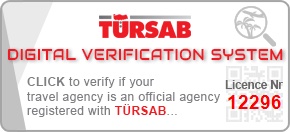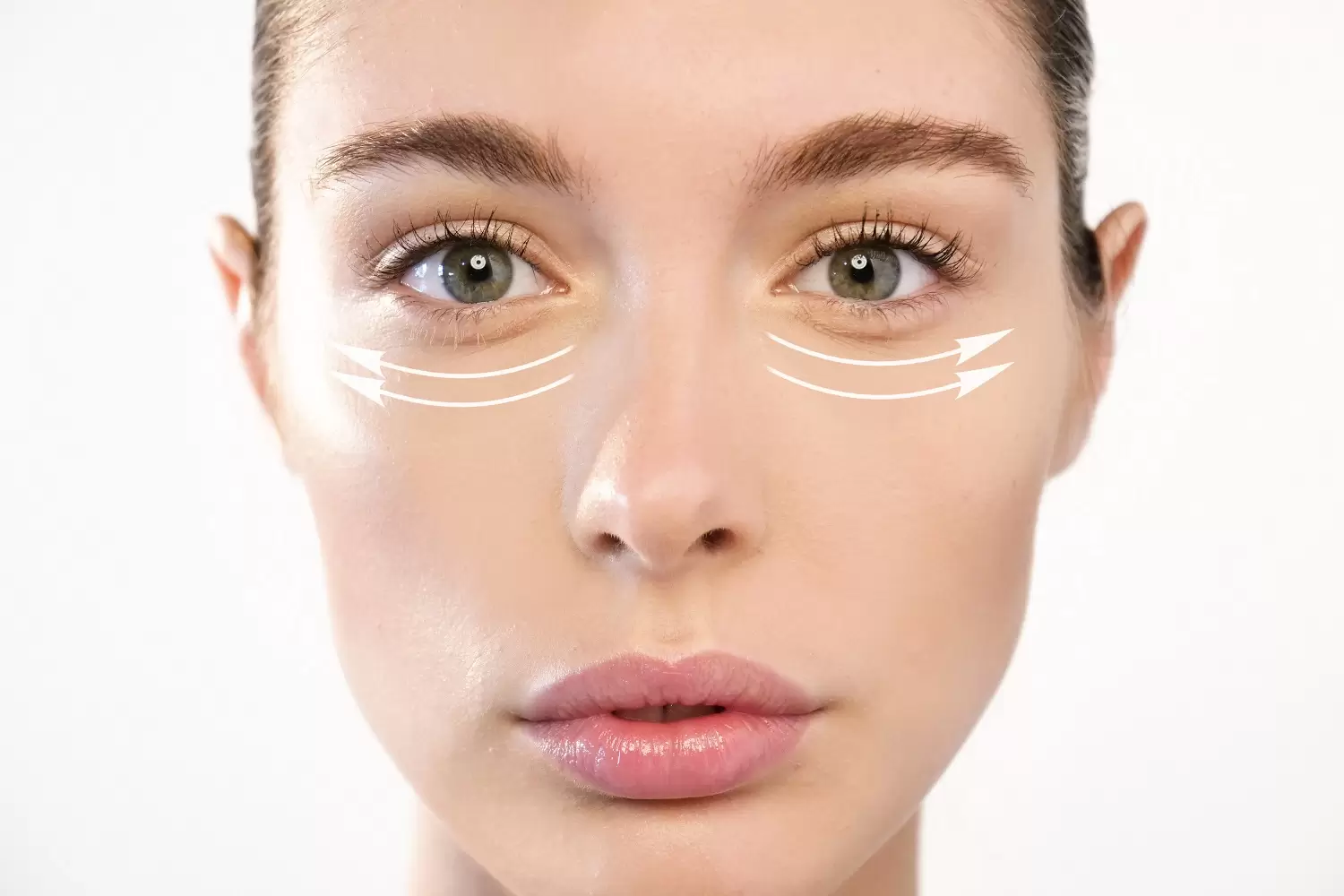Under-eye bags represent a common aesthetic concern affecting individuals across various age groups, though they become increasingly prevalent with advancing age. Clinical studies show that approximately 63% of adults over 40 experience some degree of under-eye puffiness, resulting from structural changes in the periorbital tissues. These changes include weakening of the orbital septum, prolapse of orbital fat, and thinning of the skin, all contributing to the characteristic shadow and bulge beneath the eyes. The anatomical basis for under-eye bags involves complex interactions between subcutaneous fat deposits, the orbicularis oculi muscle, and the tear trough ligament, creating a multifaceted problem that requires targeted intervention.
Table of Contents
The removal of under-eye bags encompasses various treatment modalities ranging from non-invasive techniques to surgical procedures. Research published in the Journal of Plastic and Reconstructive Surgery demonstrates that lower blepharoplasty achieves 92% patient satisfaction rates when performed by board-certified surgeons. This procedure specifically addresses the structural causes by removing or repositioning the protruding fat pads while preserving the natural contour of the eye. Alternative approaches include dermal fillers, which research shows can provide temporary improvement for mild to moderate cases by camouflaging the transition between the lower eyelid and cheek. The selection of an appropriate technique depends on several factors including the patient’s age, skin elasticity, extent of fat herniation, and presence of accompanying issues such as dark circles or fine lines.
Eye Bag Removal Methods and Professional Services
Eye bags can significantly impact facial aesthetics and are a common concern for many individuals seeking cosmetic improvement. Several factors contribute to the development of under-eye bags, including genetics, aging, fluid retention, and lifestyle habits. Understanding the available removal methods and professional services is essential for making informed decisions about permanent eye bag removal.
Professional medical evaluation is the critical first step in addressing eye bags effectively. During a consultation, specialists assess the severity, cause, and suitable treatment options. Most reputable clinics in the UK offer comprehensive under-eye bag removal consultations that include facial structure analysis and personalized treatment planning.
Chemical peels represent one approach for managing mild eye bags. These treatments use specially formulated solutions to exfoliate the skin and stimulate collagen production. While not a solution for severe cases, chemical peels can improve skin texture and minimize the appearance of under-eye bags when performed by qualified professionals.
Laser therapy has gained popularity for addressing under-eye concerns. This technology targets the deeper layers of skin to promote collagen remodeling and tissue tightening. Patients wondering how they can remove eye bags often find laser treatments appealing due to their precision and effectiveness for appropriate candidates.
| Treatment Method | Average Cost (UK) | Downtime | Results Duration |
|---|---|---|---|
| Chemical Peels | £150-£300 | 3-7 days | 3-6 months |
| Laser Therapy | £400-£1,200 | 5-10 days | 1-3 years |
| Radiofrequency | £300-£800 | 1-3 days | 1-2 years |
| Filler Treatments | £350-£700 | 1-2 days | 6-18 months |
These treatment options vary in cost, recovery time, and longevity, with some providing temporary improvement while others offer more lasting results for those seeking permanent eye bag removal solutions.
Radiofrequency treatments deliver controlled energy to heat deeper skin layers, stimulating collagen production and tissue tightening. This method addresses how to remove eye bags by improving skin elasticity and reducing the appearance of puffiness without invasive procedures.
Dermal fillers are another professional solution that can effectively address hollows or depressions contributing to the appearance of eye bags. By strategically placing hyaluronic acid fillers, specialists can restore volume and create a smoother transition between the under-eye area and cheek, addressing a common question of how do you remove eye bags without surgery.
The best eye bag removal approach depends on individual factors including anatomy, skin condition, and desired outcomes. Professional clinics typically offer combination therapies tailored to each patient’s specific needs, maximizing results through customized treatment protocols.
At CK Health Turkey, we provide comprehensive under-eye bag removal services under optimal conditions with patient safety as our priority. Our team of board-certified specialists utilizes advanced techniques and technologies to achieve natural-looking results. Each treatment plan is individually designed following thorough assessment to ensure the most effective approach for your specific concerns. For more information about best eye bag removal options or to schedule a personalized consultation, please contact our patient coordinators who can guide you through available treatment options. Exploring these methods can also include understanding the Blepharoplasty Recovery Timeline for those considering surgical options. Additionally, taking the time to learn about recovery and aftercare will help ensure the best results from your chosen treatment.
Non-Surgical Eye Bag Removal Solutions
Non-surgical under eye bag removal options have revolutionized aesthetic treatments, offering effective results without the downtime associated with invasive procedures. These innovative solutions address various concerns related to under-eye puffiness and hollowness through targeted approaches.
Laser Eye Bag Removal Procedures
Laser technology has become increasingly sophisticated for treating under-eye bags, using precise energy delivery systems that target specific tissue layers. Modern laser treatments stimulate collagen production while tightening loose skin around the eye area, addressing the root causes of eye bag formation. The under eye bag removal laserprocedures typically require minimal recovery time compared to traditional surgical options, making them increasingly popular among patients seeking quick results.
- Fractional CO2 Lasers: Deliver targeted energy to stimulate collagen production while minimizing damage to surrounding tissues, requiring 2-3 sessions for optimal results
- Erbium YAG Lasers: Provide more gentle treatment with less downtime, ideal for patients with sensitive skin or minor eye bag concerns
- Non-ablative Lasers: Focus on deeper tissue layers without damaging the surface, resulting in gradual improvement with virtually no downtime
- Post-treatment Care: Includes sun protection, hydration, and following specific skincare protocols to enhance and maintain results
When considering a new procedure for under-eye bags involving lasers, patients should consult with qualified practitioners who can determine the most appropriate laser type based on individual skin conditions and desired outcomes.
Topical Treatments for Eye Bags
Topical solutions represent the least invasive approach to eyebag treatment, utilizing active ingredients that address various factors contributing to under-eye puffiness. These formulations typically work by reducing fluid retention, strengthening capillaries, and providing anti-inflammatory benefits to the delicate eye area.
- Retinol-based Products: Accelerate cell turnover and stimulate collagen production, gradually improving skin elasticity around the eyes
- Caffeine-infused Serums: Constrict blood vessels and reduce fluid accumulation, providing immediate though temporary reduction in puffiness
- Peptide Complexes: Support the skin’s structural integrity by enhancing natural collagen and elastin production
- Hyaluronic Acid Formulations: Attract moisture to plump hollow areas while providing hydration to the thin under-eye skin
The effectiveness of topical treatments varies significantly based on product formulation, consistency of application, and the underlying causes of the eye bags.
Injectable Fillers for Eye Bag Reduction
Injectable treatments represent one of the most effective non-surgical under eye bag removal options available today. These procedures involve strategic placement of dermal fillers to smooth the transition between the lower eyelid and cheek, effectively minimizing the appearance of eye bags. The treatment typically takes 15-30 minutes with results visible immediately.
- Hyaluronic Acid Fillers: Provide natural-looking volume that lasts 6-12 months, with options like Restylane and Juvederm specifically formulated for the eye area
- Calcium Hydroxylapatite: Offers longer-lasting results (12-18 months) with the added benefit of stimulating natural collagen production
- Poly-L-lactic Acid: Works gradually by stimulating collagen production for subtle, progressive improvement
- Combination Approaches: Often incorporate small amounts of botulinum toxin to relax muscles that contribute to eye bag formation
Patients considering injectable treatments should understand that while results are immediate, achieving optimal outcomes may require precise technique and sometimes multiple sessions.
Chemical Peels for Eye Bags
Chemical peels utilize controlled exfoliation to improve skin texture and reduce the appearance of under-eye bags. These treatments work by removing damaged outer layers of skin and stimulating cellular renewal processes in the treated area.
- Glycolic Acid Peels: Provide gentle exfoliation suitable for most skin types, requiring multiple sessions for noticeable results
- TCA (Trichloroacetic Acid) Peels: Offer medium-depth treatment for more significant concerns, though require longer recovery
- Combination Peels: Utilize multiple acids at varying concentrations to target different aspects of eye bag formation
- Progressive Approaches: Start with milder formulations and gradually increase strength to minimize irritation risks
Radiofrequency Treatments for Eye Bags
Radiofrequency (RF) technology has emerged as a powerful under eye bag removal non surgical option, using controlled heat energy to tighten skin and stimulate collagen production. These treatments deliver energy into deeper tissue layers, creating immediate tightening effects while triggering long-term structural improvements. Most patients require 3-6 sessions spaced 2-4 weeks apart for optimal results.
- Monopolar RF Systems: Deliver energy deeper into tissues, ideal for moderate to severe eye bags requiring significant tightening
- Bipolar RF Devices: Provide more controlled, superficial treatment suitable for mild concerns or maintenance
- Fractional RF Technology: Creates microscopic treatment zones that stimulate more robust healing responses while minimizing downtime
- Combination RF Systems: Incorporate additional technologies like ultrasound or vacuum therapy to enhance results
- Maintenance Schedule: Typically requires touch-up treatments every 6-12 months to maintain optimal results
For patients seeking comprehensive improvement, practitioners often recommend combining radiofrequency with other non-surgical approaches for enhanced outcomes.
Surgical Eye Bag Removal Methods and Recovery
Blepharoplasty, the medical term for surgical eye bag removal, stands as a definitive solution for persistent under eye bags that don’t respond to conservative treatments. This procedure specifically targets the fat deposits and excess skin that contribute to eye bags, offering patients a rejuvenated appearance with lasting results. Permanent under eye bag removal through surgery addresses not only the aesthetic concerns but also potential functional issues that may develop from pronounced eye pouches.
The surgical process for lower eye bag removal involves precise techniques developed through decades of ophthalmic surgical advancement. Surgeons typically approach this procedure through either a transcutaneous (external) or transconjunctival (internal) method, depending on the patient’s specific anatomy and desired outcome. The eye bag fat removal process requires meticulous attention to preserve orbital structures while effectively eliminating the protrusion that creates the tired appearance many patients seek to correct.
Common Surgical Techniques for Eye Bag Removal
- Transconjunctival Blepharoplasty: This technique involves an incision inside the lower eyelid, leaving no visible external scar. The surgeon accesses and removes or repositions the excess fat causing the eye bags. This approach is ideal for patients with good skin elasticity and minimal excess skin.
- Transcutaneous Blepharoplasty: This method involves an incision just below the lash line of the lower eyelid. It allows for both fat removal and skin excision, making it appropriate for patients with significant skin laxity along with protruding fat.
- Fat Repositioning: Rather than removing the orbital fat completely, this advanced technique redistributes the fat to fill hollow areas, creating a smoother transition between the lower eyelid and cheek.
- Canthopexy or Canthoplasty: These additional procedures tighten the outer corner of the eye to provide support to the lower eyelid, preventing complications like lid malposition after eye pouch removal.
The choice of technique depends on the patient’s anatomy, the severity of the eye bags, skin quality, and the surgeon’s assessment of which approach will yield optimal results.
| Surgical Technique | Best For | Recovery Time | Scarring | Results Longevity |
|---|---|---|---|---|
| Transconjunctival | Minimal skin laxity, prominent fat pads | 7-10 days | None visible | 5-10+ years |
| Transcutaneous | Excess skin and fat, older patients | 10-14 days | Minimal, below lash line | 5-10+ years |
| Fat Repositioning | Tear trough deformities with bags | 10-14 days | Depends on approach | 5-10+ years |
| Combined with Canthopexy | Lid laxity with bags | 14-21 days | Minimal to moderate | 5-10+ years |
This table highlights the main differences between surgical approaches for eye bag removal. The transconjunctival approach offers faster recovery with no visible scarring, while transcutaneous techniques address more complex cases involving both skin and fat excess.
The Recovery Process After Eye Bag Removal
The eye bag removal recovery process follows a relatively predictable timeline, though individual healing rates may vary. Understanding this process helps patients prepare appropriately and maintain realistic expectations.
- First 24-48 Hours: This period typically involves the most discomfort and swelling. Cold compresses are essential to minimize swelling, and prescribed pain medication helps manage discomfort. Patients must keep their head elevated, even while sleeping.
- Days 3-7: Bruising typically peaks around day three and begins to subside. Stitches may be removed during this period if non-dissolving sutures were used. Most patients can return to light activities while avoiding strenuous exercise.
- Weeks 1-2: Most visible bruising resolves, though some swelling persists. Many patients feel comfortable returning to work and social activities, possibly with concealing makeup if needed.
- Weeks 3-4: The majority of swelling resolves, though subtle swelling may persist. Results begin to become apparent as healing progresses.
- Months 1-3: Final results emerge as all residual swelling disappears. The surgical outcome becomes fully apparent, revealing the permanent under eye bag removal results.
Following post-operative care instructions meticulously enhances the healing process and optimizes results. Protecting the delicate eye area from sun exposure remains crucial during recovery and beyond to maintain results. Patients typically report high satisfaction rates with surgical eye bag removal, noting significant improvement in their appearance and often mentioning increased confidence in social and professional settings.
Lower eye bag removal surgery represents a significant investment in one’s appearance and often produces dramatic improvements for suitable candidates. The technical advancements in this field continue to refine approaches, minimizing recovery time while maximizing aesthetic outcomes. For those troubled by persistent eye bags resistant to non-invasive treatments, surgical intervention offers a definitive solution with long-lasting results.



